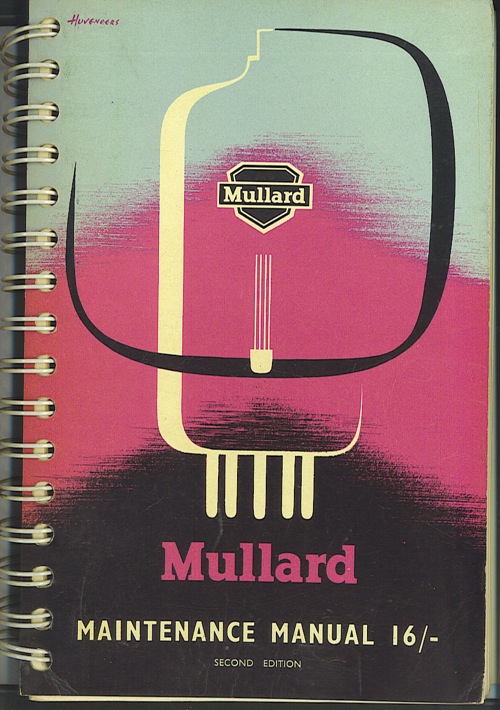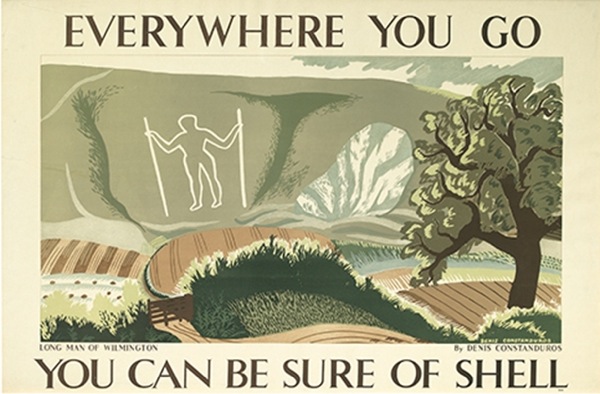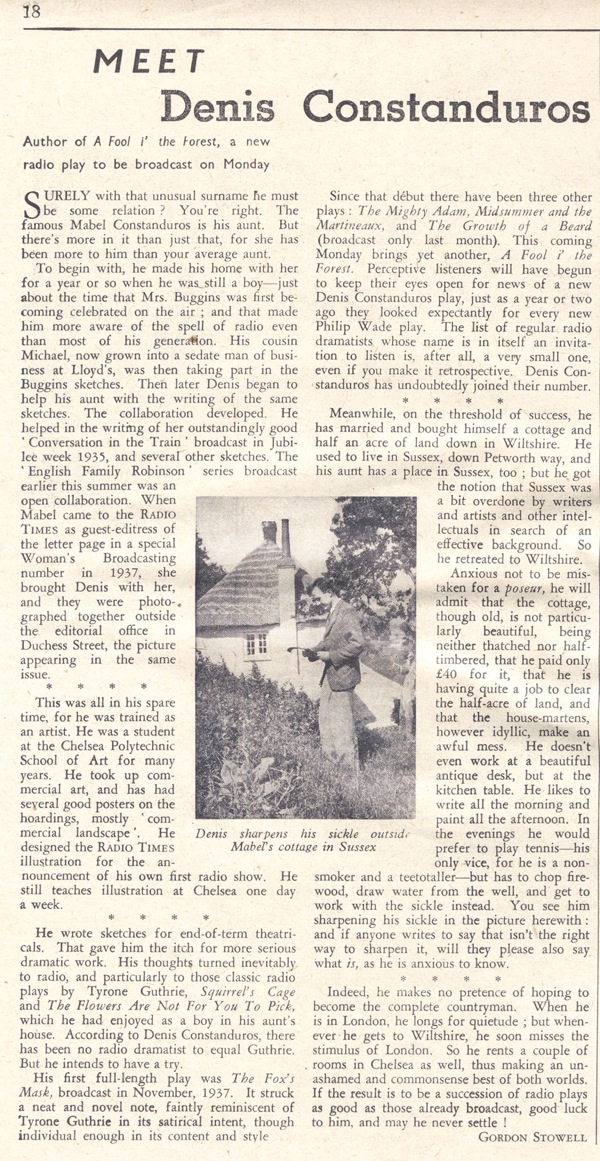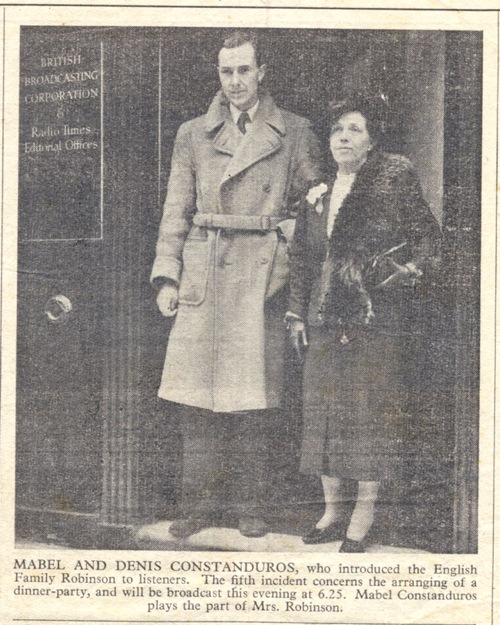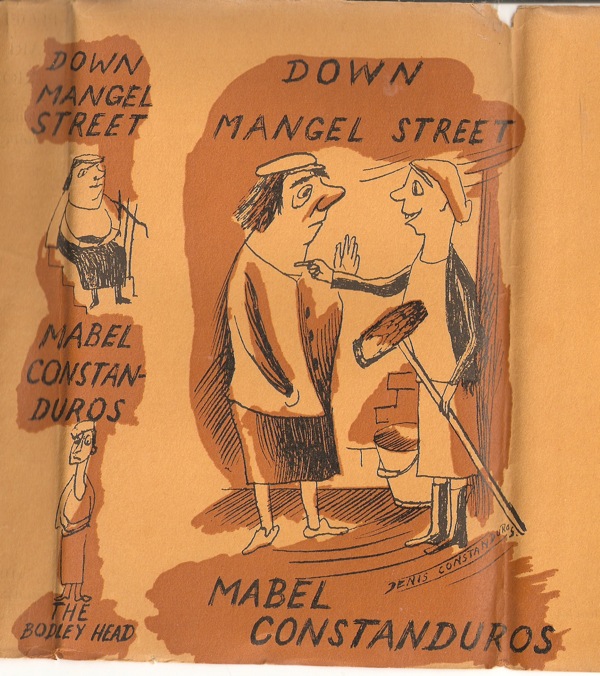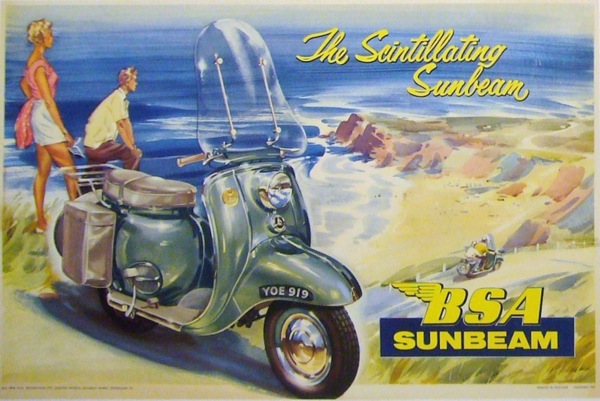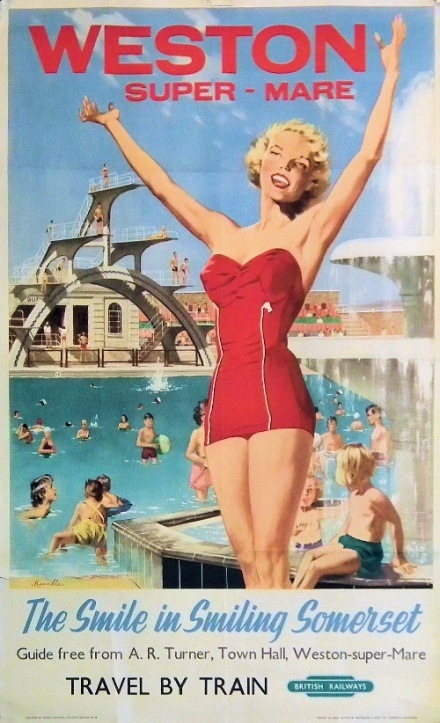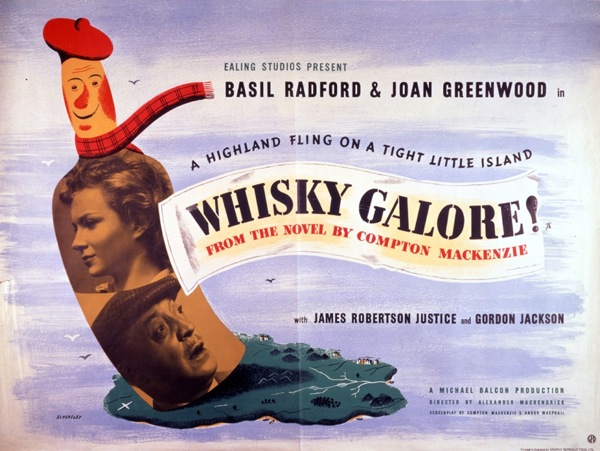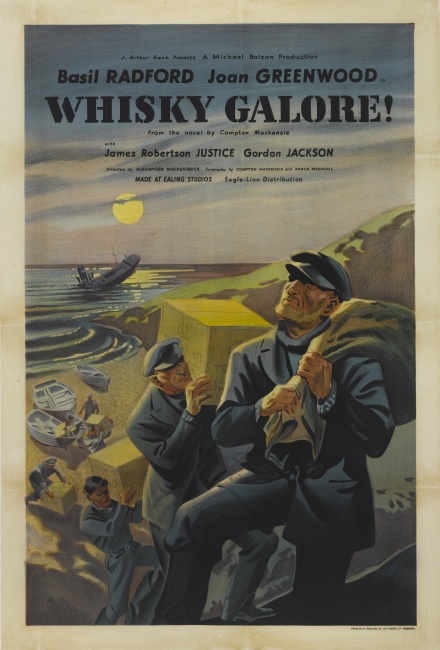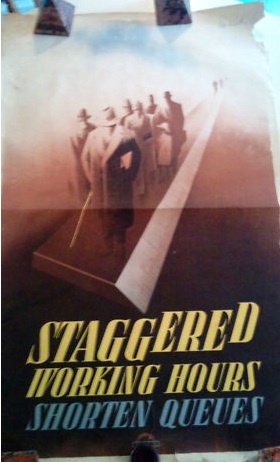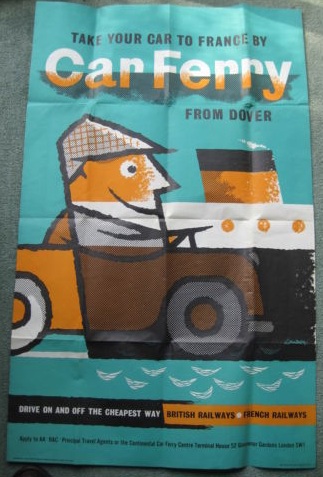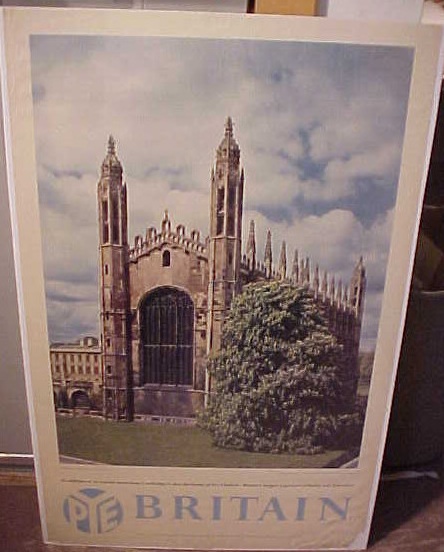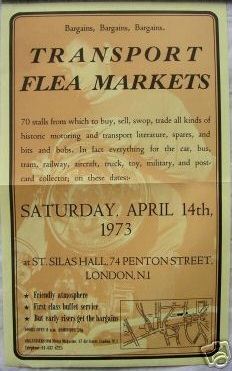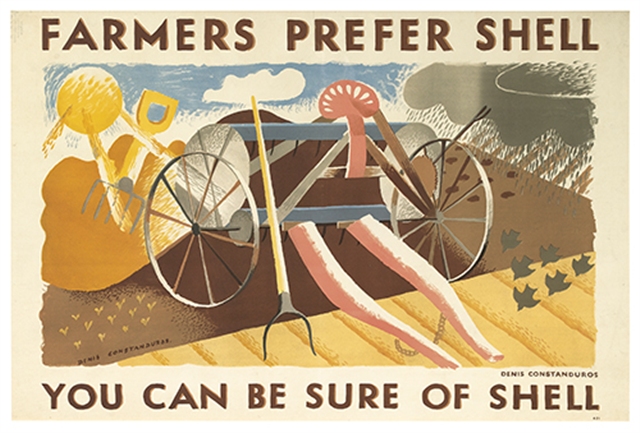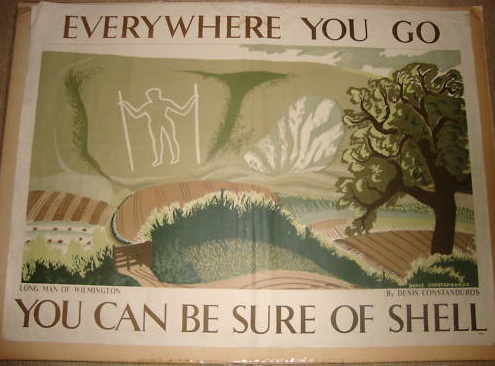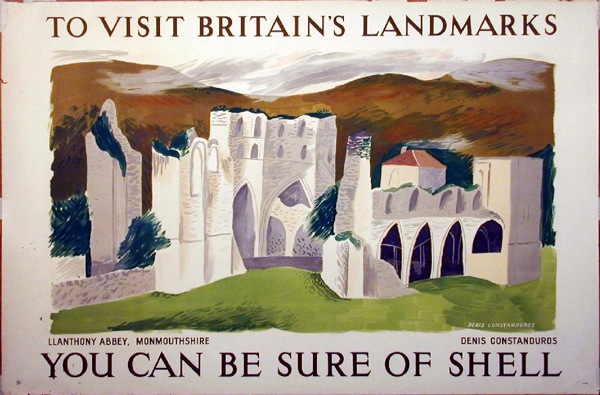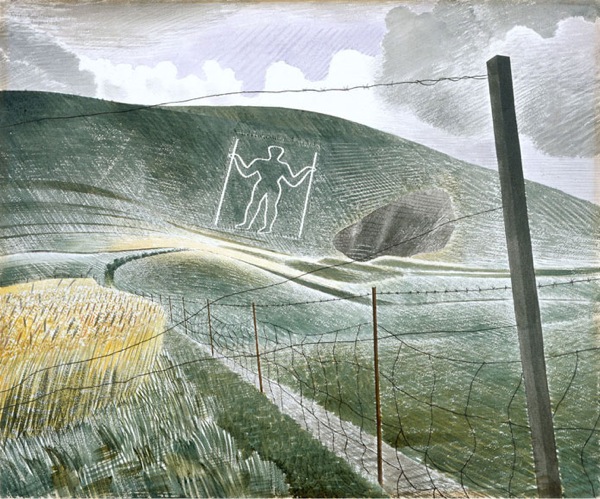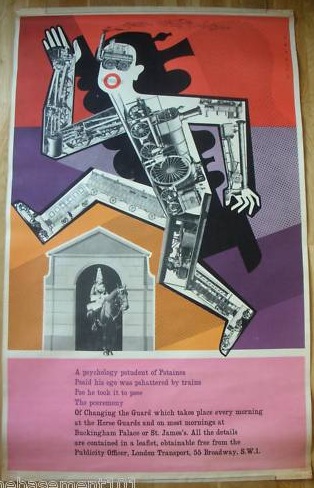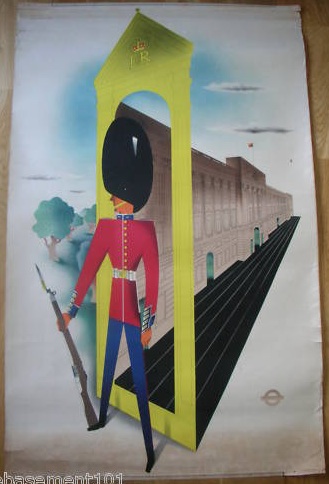Back again
I know that I keep promising to come back to subjects on this blog, and then it never quite happens. There on the other hand, sometimes subjects come back to me, especially designers. One of the great joys of writing about a particular designer is that quite often people get in contact with their own memories of the person concerned. I’ve blogged about this before with Hans Unger, and it’s wonderful to get a sense of how much that person was respected and remembered. Recently, quite a few people emailed who had worked with Pieter Huveneers. In addition to being a great designer, he must also have been an inspiring boss and mentor.
I was also sent this by Jim Pennington, who never worked for Huveneers but does know good design when it comes his way.
It’s manual of transistors from the late 195os or early 1960s. Everything you need to know about the valves of the day, apparently. But rather lovely.
More surprisingly, a lot of people have got in contact about Denis Constanduros who, you may remember, did a few rather lovely posters for Shell and then saw how the world was going and went off to produce historical TV dramas instead.
He seems to have had a large extended family which, combined with a highly googlable surname,means that lots of his relatives have found the blog and got in touch. His grandson sent me a very interesting range of material, including this 1939 article from the Radio Times.
So, in between the water carrying and play writing he was still painting as well. There is also a picture of him and his aunt Mabel from the year before.
Meanwhile, Jonathan Spector, who isn’t a relative, sent me this book jacket illustration by Denis, for one of his aunt’s books.
This only survived by dint of being a wartime rarity. Jonathan bought a wholly other book, called People are Curious, written by James Hanley and published in reprint edition in 1945. But on the reverse of the jacket, off centre, was this – obviously the result of wartime paper rationing. I think I preferred his posters though.
That’s not the only email that arrives here at Crownfolio Towers either. Quad Royal is now important enough, it seems, to get press releases. So should you want this poster, for example, for a scooter which was apparently ‘a joy to own, as long as someone else was paying the repair bills’,
I can tell you that there’s a gallery in Canada with just the thing for you.
Back on home turf, I’ve also been contacted by VintageSeekers, who are a new antiques site with a small number vintage posters on their books.
What Vintage Seekers is, though, is a shop window for dealers, which means that you are paying not only dealers’ prices, but commission on top. So the poster above, quite apart from being for a place which you’d only want a poster of if you’d never been there, is £695.
I did get mildly excited when I saw a link to a Whisky Galore poster, as I had some memory that it was a good one. What I was thinking of was this, which is by Tom Eckersley and I have been meaning to put up for your delectation for ages now.
What I actually saw when I got to the page was this.
Which is rather more in the style of a Ladybird book and, furthermore, will set you back £2,800.
All of which is enough to send me back into the arms of eBay, where even the silly prices suddenly look more reasonable. This wartime Pat Keely is £99.95.
While the listing doesn’t mention his name, this car ferry poster is by Lander (and dates from 1960, fact fans).
This is a bit of an oddity, as I have no idea what the Pye logo is doing there, particularly as the poster seems to have ended up in America.
Although apparently the poster says that Pye were Britain’s largest exporters of radio and television. I’m still not really any the wiser.
Finally, what I need right now is a time machine, to go straight back to 1973 and attend this.
Imagine the bargains there would be for the taking.
